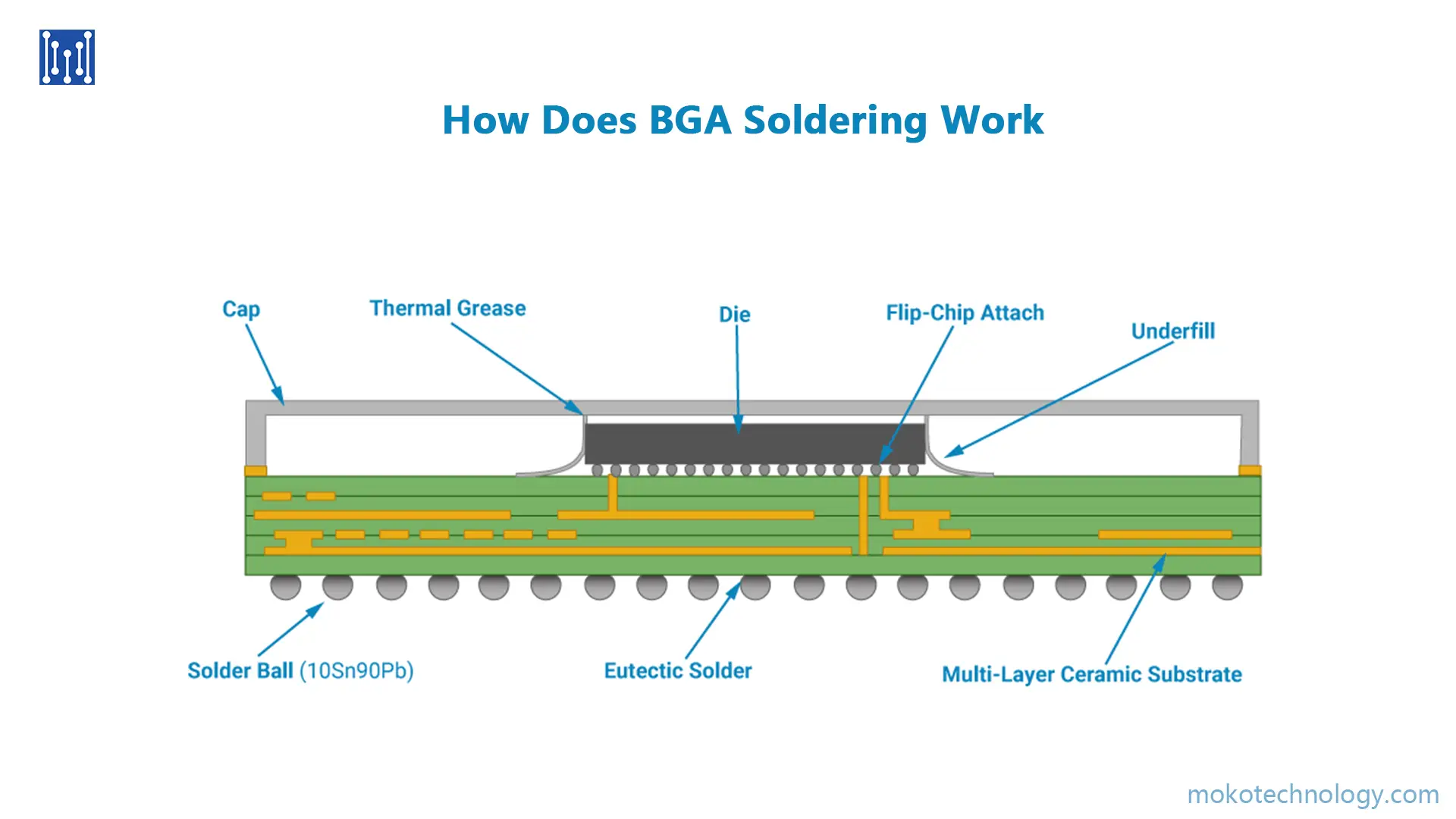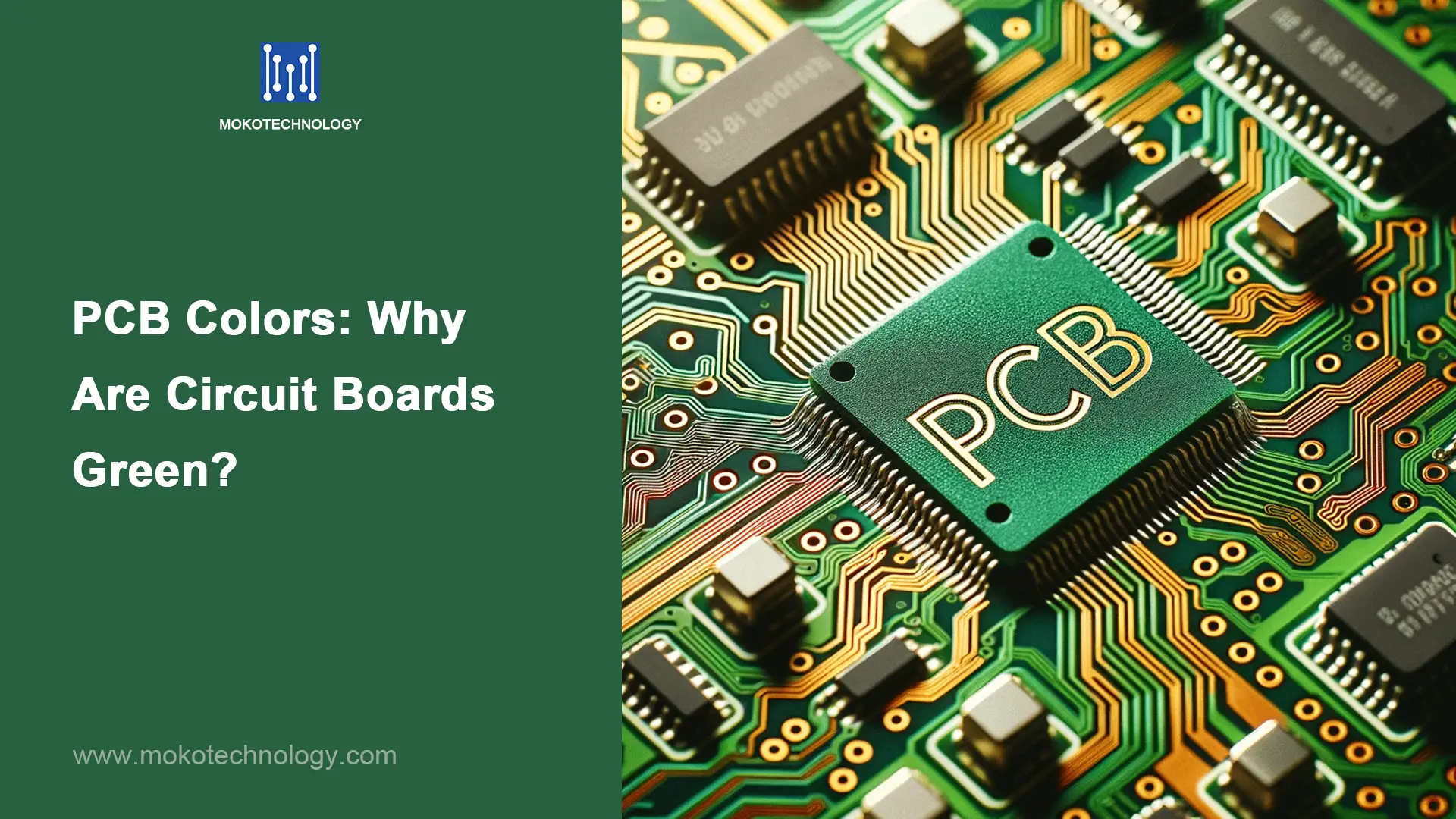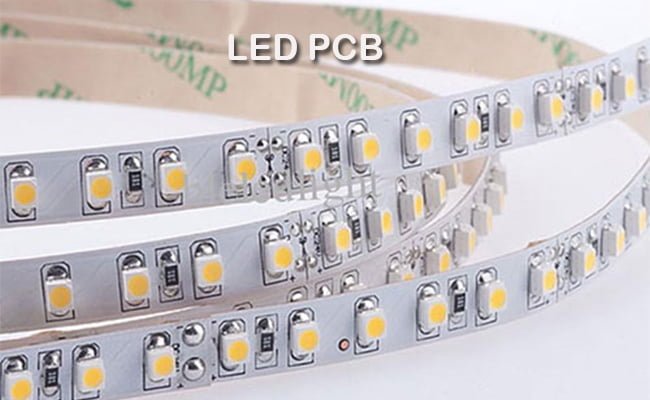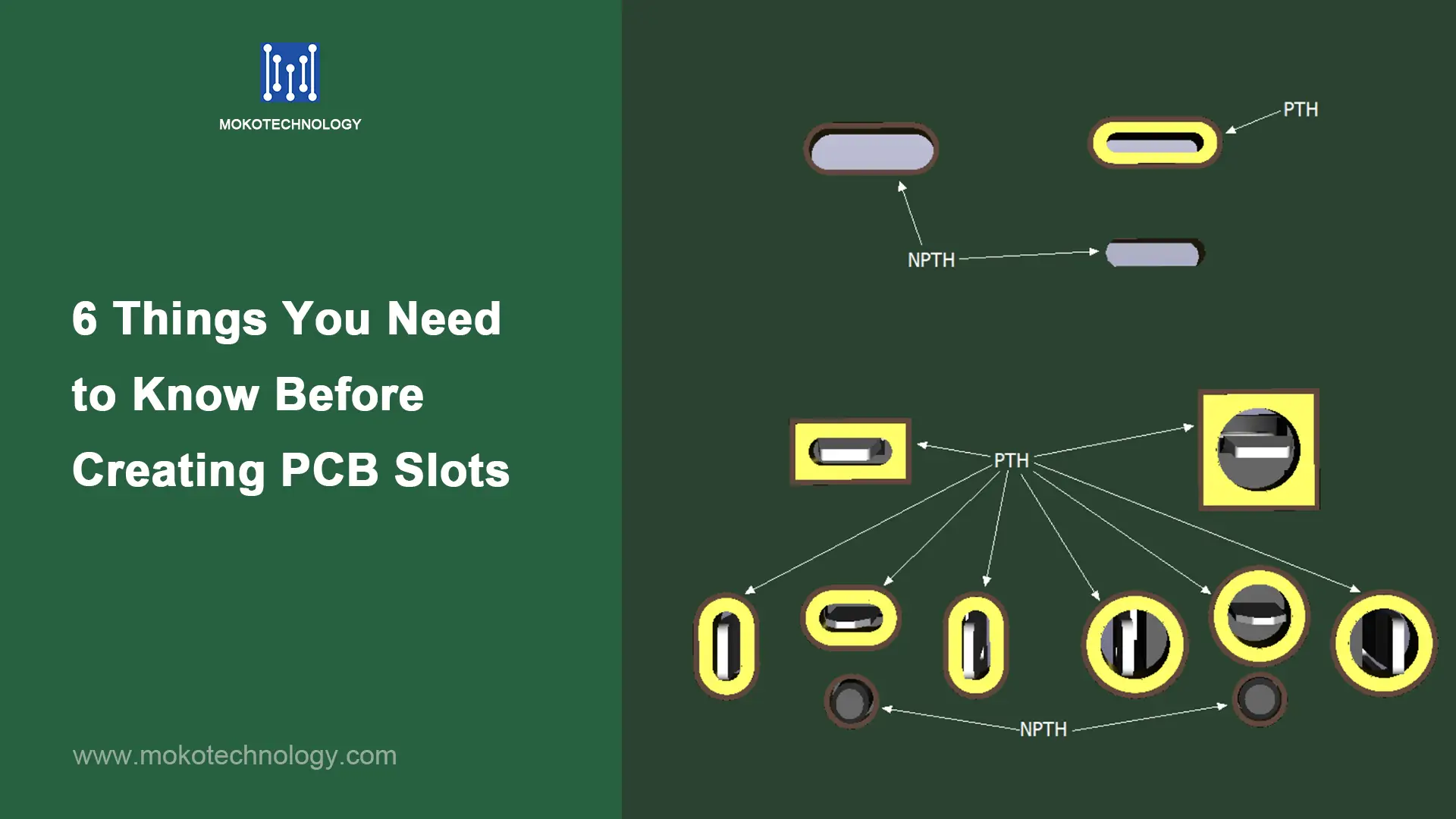Ball grid array (BGA) packaging has become one of the most popular techniques for integrated circuits requiring high input/output counts. BGA packaging provides advantages over other methods thanks to its high density interconnect capability. As integrated circuit complexity increases, with unrelenting growth in pin counts and gate counts, BGA emerges as an optimal packaging solution balancing cost and performance. In this guide, we will explain BGA soldering – the process of attaching BGA packages to printed circuit boards. We will cover how BGA soldering works, solder joint inspection, and rework procedures. By understanding the Ball Grid Array soldering process, its challenges, and solutions, manufacturers can effectively utilize this advanced packaging technology.
What Is BGA
BGA is a unique type of surface-mount packaging, which is being used for integrated circuits where electronic components of SMD are affixed and mounted on the SMT printed circuit board’s surface. BGA is featuring leads of ball shape which are being distributed in arrays at the package’s bottom. And the ball array is actually getting its name because it is a metal or alloy ball array that is arranged in a grid.
BGA packages are being used to mount devices on a permanent basis. It has the ability to provide more interconnection pins in which you can put flat or dual in-line packages. The pins that are being used in this technology are solder balls that are arranged in a pattern (usually a grid-like pattern) on the package’s undersurface. This is being done to increase the area for connections instead of just the periphery. Most interestingly, with BGA soldering, you can get the benefit of using the entire bottom surface of the device instead of using the perimeter only.
This is a technique that is being used in various electronic products to mount different integrated circuits such as FPGAs, WiFi chips, and FPGAs, etc. Even more, these packages are also being used in RAM devices, PC Chipsets, and Microcontrollers.
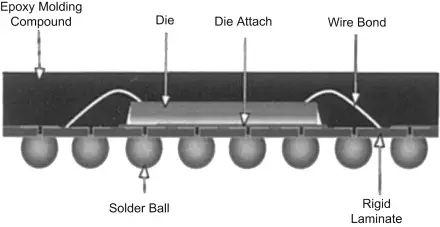
How Does BGA Soldering Work
First, solder paste is applied to the PCB pads where the BGA solder balls will make contact. The solder paste is usually dispensed through a stencil or screen printing process to ensure accurate and repeatable application.
Then, the BGA component is precisely positioned and temporarily tacked in place on the PCB. This is done using pick-and-place equipment with high precision X-Y motion control and optical alignment systems. Proper alignment is critical.
Then, the PCBA is sent through a reflow oven with a defined temperature profile. The solder paste melts, the BGA’s solder balls melt and fuse with the PCB pads, forming the solder joints. The profile must be hot enough to reflow the solder without damaging components.
Last, after cooling, the solder joints are inspected for proper formation with no defects. Any rework needed is completed using specialized BGA rework equipment and procedures.
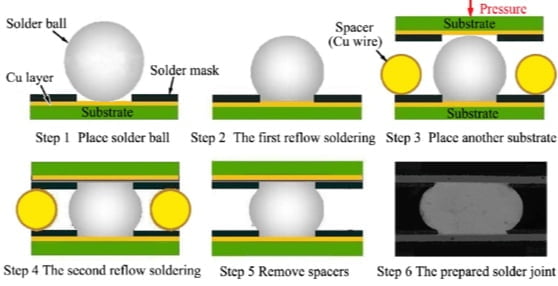
BGA Soldering Joints Inspection
When ball grid array packages were first introduced, there was uncertainty about how to verify the solder joints, since they are not visible underneath the component. Traditional optical inspection methods could not be used. Also, electrical tests lack reliability as they only reflect the electrical conductivity of the BGA at the specific moment of testing. This method fails to anticipate the long-term durability of the solder, which may lead to solder joint failure over time.
To truly inspect BGA solder joints, an x-ray imaging technique was required. X-rays can penetrate the component and capture images of the hidden joints. Thus, x-ray inspection became essential for process control and quality assurance when assembling boards with BGAs. X-ray inspection provides the confidence needed by verifying all joints are fully and properly formed. With X-ray, manufacturers can validate their BGA processes and assure the long-term reliability demanded of these hidden interconnects.
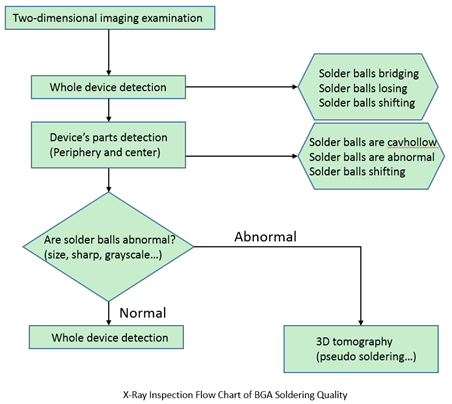
BGA Rework
When a ball grid array component is found to be defective, a rework process is required to remove and replace it. The solder joints must be carefully melted without disturbing neighboring components. This is accomplished using a BGA rework station, which utilizes targeted heat and air flow.
An infrared preheater gently warms the board from below to minimize thermal shock. A thermocouple monitors temperatures in real-time. A vacuum tool lifts the BGA package once reflowed. Strict process controls are vital for success:
- Match solder alloys to ensure joint compatibility
- Balance adhesive tack strength for positioning adjustments
- Follow prescribed thermal profiles closely
- Use the minimum required airflow setting
- Raise BGA slowly post-reflow, avoiding scrubbing
- Select nozzle size matching the component
With experience and disciplined procedures, reworking BGAs can become reliable. But it demands great precision and care to avoid collateral damage. Well-tuned processes, specialized tools, and operator skill are key enablers of quality BGA rework outcomes.
Final Thoughts
Implementing robust BGA soldering, inspection, and rework processes requires investments in specialized techniques, equipment, and operator training. But the benefits of higher density BGA packaging make this effort worthwhile for quality and performance. With expertise in precision printing, accurate placement, profiled reflow, x-ray inspection, and controlled rework, manufacturers like MOKO Technology enable customers to take full advantage of BGAs across critical applications. As a leading PCB assembly provider with nearly 20 years of experience, MOKO specializes in advanced Ball Grid Array soldering technology. Contact us today to discuss your particular BGA project and assembly requirements.
